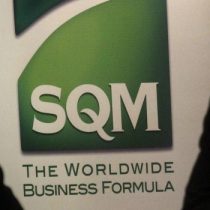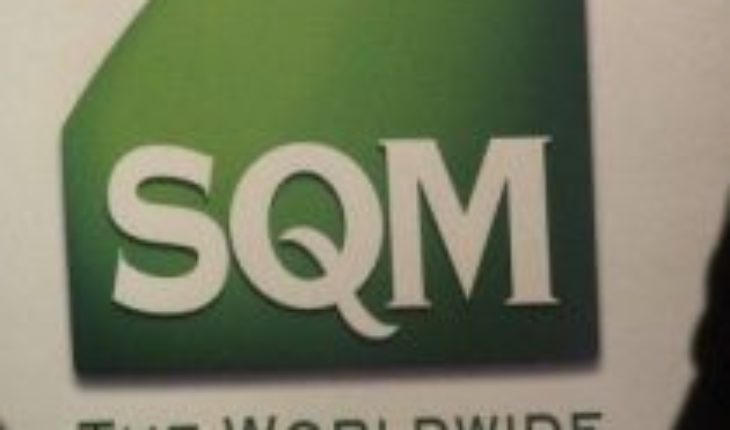
The Supreme Court upheld the judgment that upheld the lawsuit brought by EVT Consulting SpA against SQM Nitratos Chile S.A. for breach of contract of sale and ordered payment of US$ 304,620 per c eleven of emerging damage.
In unanimous ruling, the First Chamber of the Highest Court – composed of the ministers Guillermo Silva, Rosa Egnem, Juan Eduardo Fuentes, Arturo Prado and the lawyer (i) Antonio Barra – rejected the appeals in the form and in the background filed by the defendant in judgment handed down by the Court of Appeals of Santiago.
“That, in the first place, it should be stated, even if it may seem a no-brainer, that the damage claimed by EVT is not the invoice issued by Cathay Import, but the debt it gives account, emanating from the underlying causal relationship between EVT and Cathay, by which the latter sold supplies at the first time, incurring a number of costs for documentation, materials and intermediation work. Both the work carried out by Cathay and the value charged for these services to EVT – the sum of US$304,620 – correspond to facts established in the judgment and, as such, unmodifiable for this court, since the infringement of the regulatory standards of the test. However, it is also undisputed that at the date of filing the application the actor had not paid Cathay the sum indicated, a situation which has been maintained during the course of the trial,” the judgment states.
“It is then incumbent on whether Cathay’s credit against EVT, the origin of which is the contractual breach of SQM Nitratos S.A., can be considered an emerging damage,” he says.
The resolution adds that: “(…) to undertake the analysis of the annulment, it is appropriate to recall some concepts developed by the traditional doctrine on harm. First, it should not be forgotten that damage supports different classifications. Thus, for example, it distinguishes between material damage and moral damage, understanding the former, in general terms, as the impairment that directly or indirectly experiences the creditor’s assets as a result of the breach of the contract, and distinguishing within this heading between emerging damage and loss of profit, concepts that are not defined in the law, but which, within the orbit of contractual responsibility, the doctrine has estimated that the former consists of the actual and effective impoverishment suffered by the debtor’s assets and, the second, is the profit that the creditor ceases to receive for the non-compliance or late fulfilment of the obligation”.
“That,” he continues, “therefore, it is noted that the judges have not violated Article 1556 of the Civil Code by ordering the defendant to pay the amount they point to for emerging damage, since in the case under review it is clear that the claim that Cat owns import against the applicant corresponds to a consequential, true and present damage, the cause of which is attributable to the appellant, which is a foreseeable damage at the time of conclusion of the contract of the species and directly associated with the non-compliance. Such damage is true because its existence is undeniable, and it is a real and effective impoverishment which the applicant has suffered, which must be compensated by the infringing contractor’.
“That, as reasoned in the preceding recitals, the appeal in the background will be rejected in all its extremes,” he concludes.





